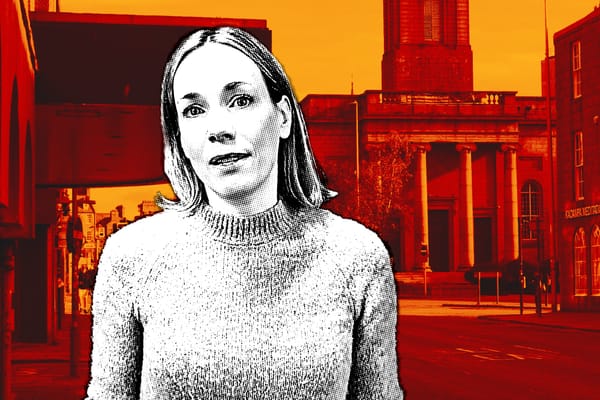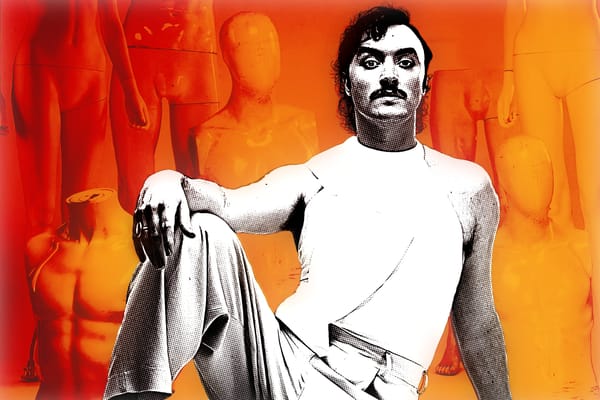Exploring the Fittie from the past into the future with Lesley Anne Rose
This weekend, Lesley Anne Rose from Open Road gives us a sneak peek into their latest exhibition, "Fittie, Past, Present and Possibility."
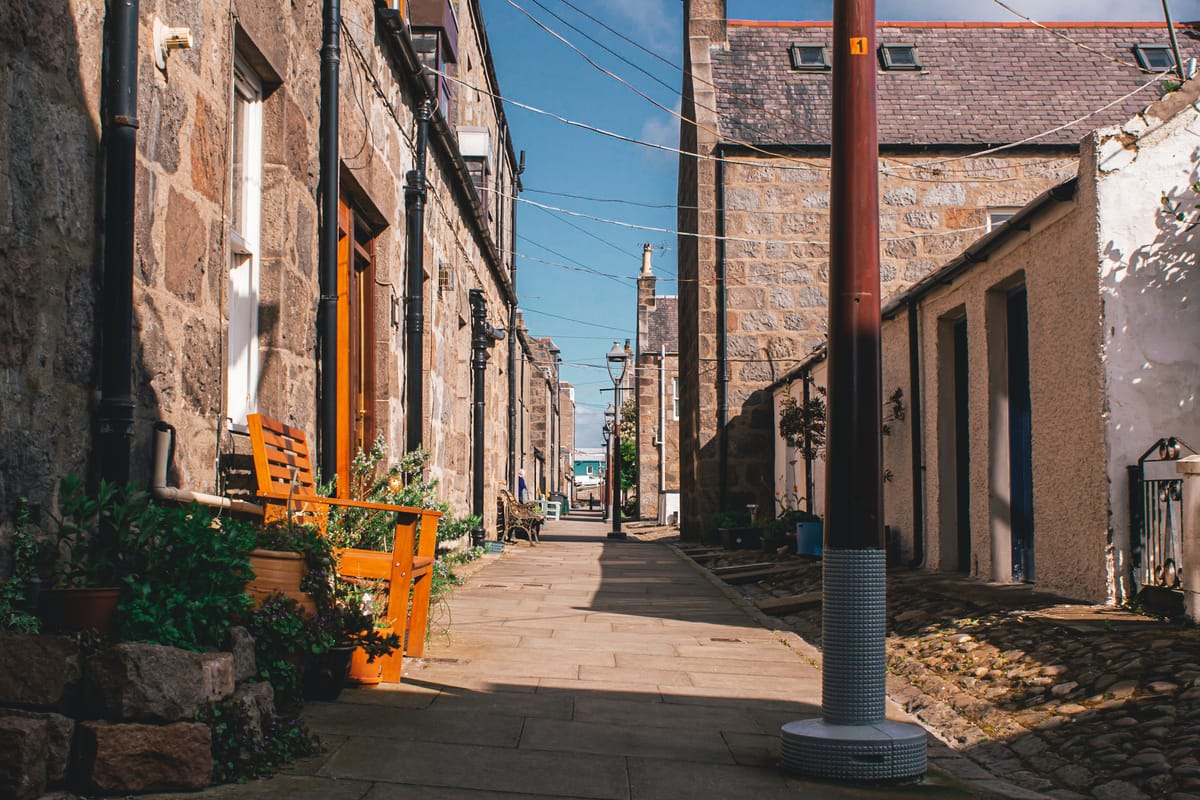
With a new exhibition, Fittie, Past, Present and Possibility taking place this weekend, we caught up with Lesley Anne Rose of Open Road. We wanted to get her insight into the project and what to expect. As a seasoned producer and writer, she has a diverse background in producing community projects like this.
Open Road is a hard working Aberdeen creative production team. They have a real passion for collaborating and creating projects that celebrate people, place, and sustainability. The company was founded by Lesley Anne and Alison Louise Merrett who shared an interest in community engagement, arts, and culture.
As a team, they focus on producing diverse and inclusive projects that positively impact communities. Their work spans art forms, including theatre, festivals, and community events. They also engage in research, in heritage projects, and in initiatives related to climate change and sustainability.
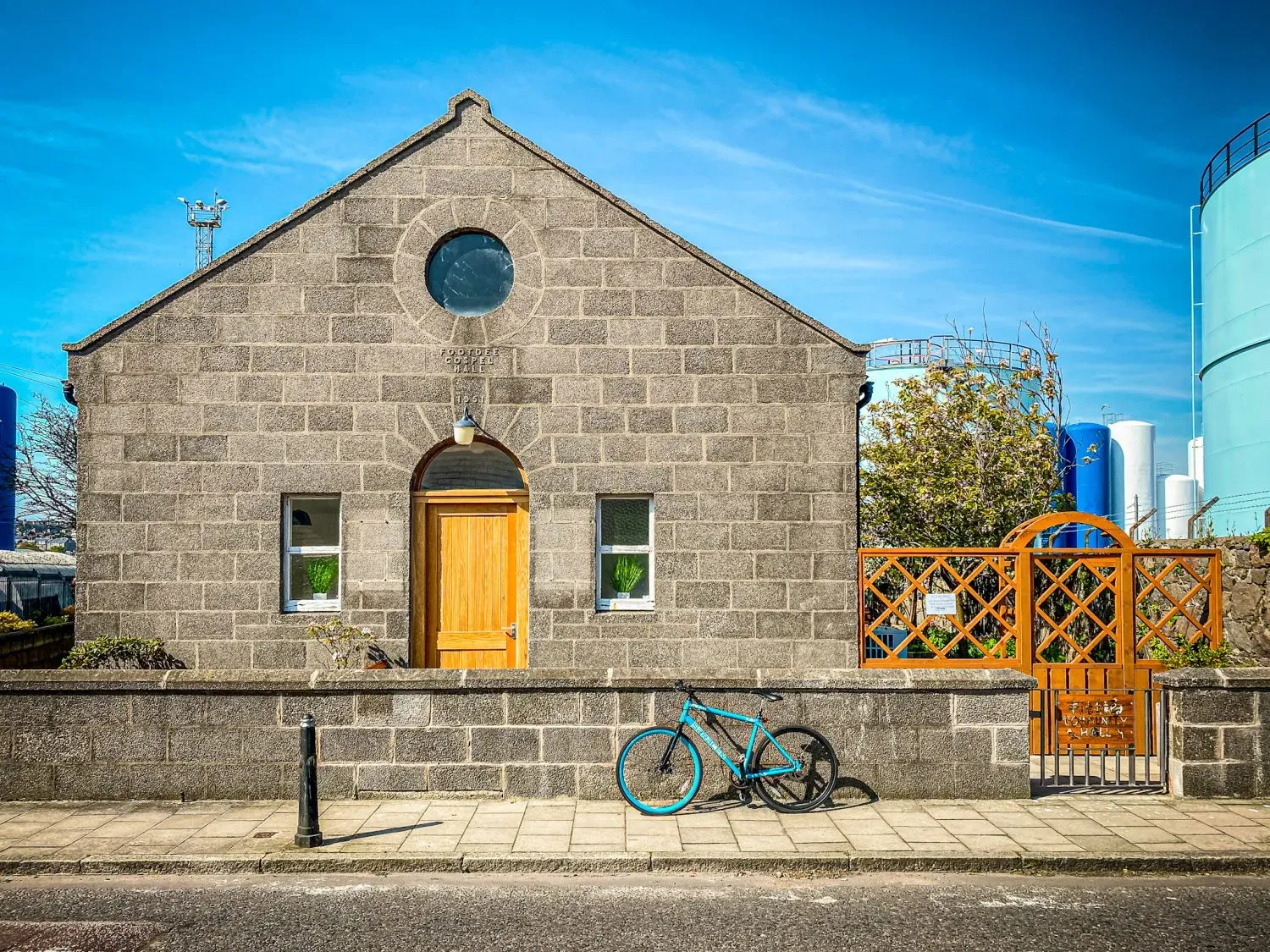
Can you tell us more about the Safe Harbour Open Sea project?
Safe Harbour Open Sea is a Culture Collective project, a national fund. It is aimed at establishing a network of creative practitioners, organisations and communities, working together to create a positive difference locally and nationally in response to COVID-19.
Open Road applied to be part of Culture Collective and for this project. We are working in partnership with the Fittie Community Development Trust (FCDT). They are a charitable organisation established to support the harbourside community of Footdee, known by its Scots language name of Fittie. The FCDT lead the development of the accessible, community-owned Gospel Hall as a community hub to improve the well-being of residents.
Through Safe Harbour Open Sea we aimed to bring culture into the heart of the community. We wanted to help breathe life back into the Community Hall as it re-opened post-lockdown and underwent a large-scale renovation. We also wanted to gather some of the stories of the past of the community and turn an eye to the future by putting on events and stimulating action around the future of Fittie in the face of a changing climate.
What is the inspiration behind the Fittie Past, Present & Possibility exhibition?
Fittie Past, Present & Possibility brings together all of the strands of work and activity are undertaken over the past eighteen months of Safe Harbour Open Sea. We were determined to end the project well for the sake of the community, artists, funders and Open Road. Also to showcase what the project has achieved and the wider scope of Culture Collective. We’re also keen to enable the harbour area of Aberdeen to find its voice beneath the noise of oil and gas. Aberdeen Harbour has a rich history, vibrant present and important future. Communities and individuals linked with the harbour need to find their voice, especially with the Tall Ships on the way in 2025.
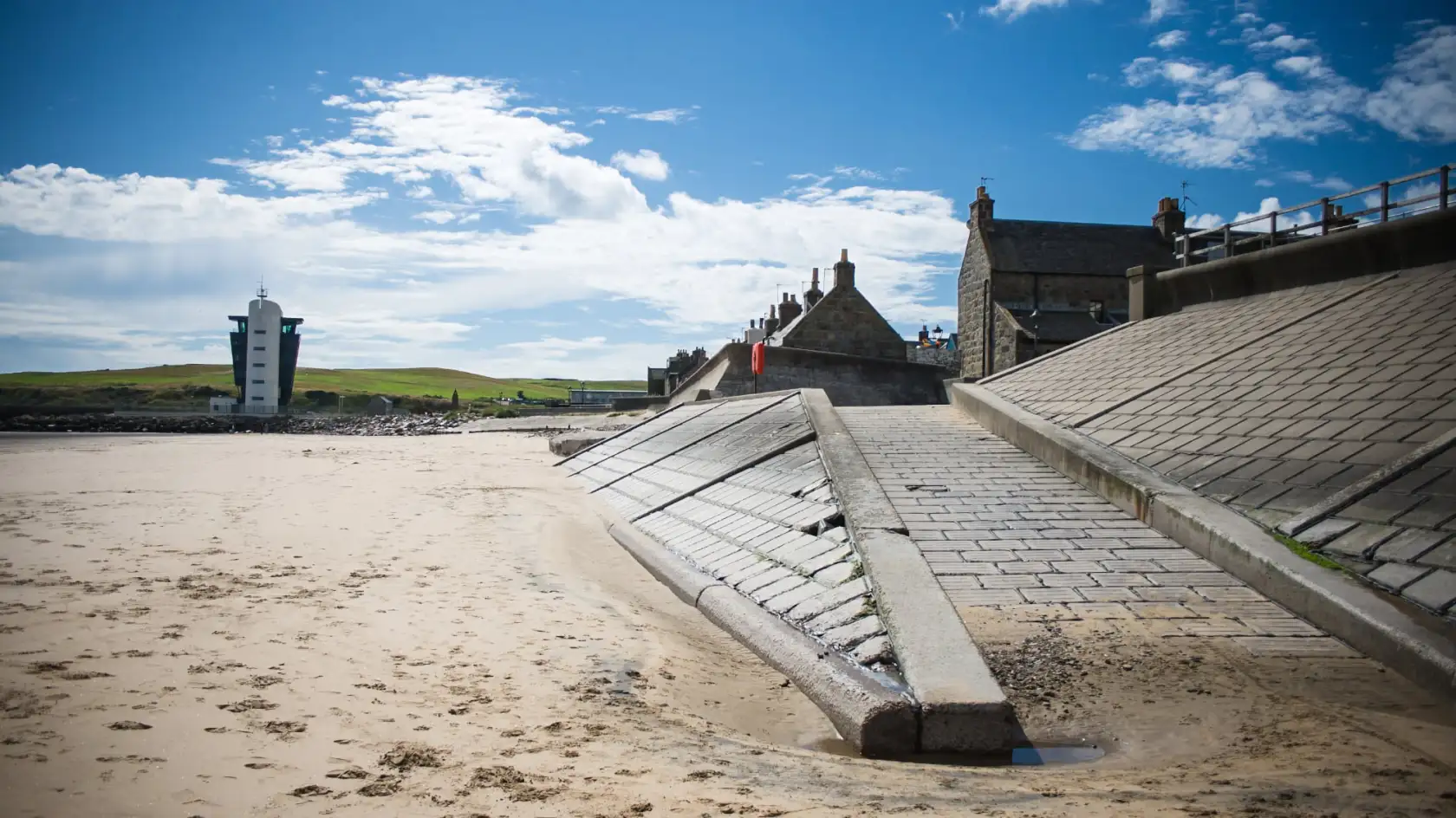
How has Fittie’s history and heritage influenced the creative projects and podcasts initiated by Safe Harbour Open Sea?
An example of how Fittie’s history and heritage have influenced this project is the work of Aberdeenshire artist Victoria Fifield. She interviewed current and former Fittie residents of varying ages and backgrounds and transformed their stories into a book. Sea Change: Stories From Footdee and Voices of Footdee is an audio trail which invites visitors to listen to residents talk about life in the village’s past and present as they explore the area. Fittie receives a large number of visitors each year and Victoria’s work has enabled residents to share their stories of Fittie, past, present and hopes for the future, in their own words.
Through our Harbour Voices Podcast, we’ve given voice to the past by interviewing people such as Ross MacLennan, History Curator at Aberdeen Archives, Gallery and Museums and Katy Kavanagh, Senior Archivist at Aberdeen City and Aberdeenshire Achieves.
What are some of the ways that Fittie has been a unique sea-facing community, nestled against a global oil port?
The first recorded reference to the area of Fittie was in 1398. There has been a settlement here since Medieval times. The village standing today was built in the 19th century and is a former fishing community. It was designed by John Smith, the architect responsible for Balmoral Castle.
On a map dated 1828, the newly built Fittie Squares and surrounding area were referred to as ‘Fish Town’. All of Fittie’s houses are built in squares and face inwards with their backs towards the sea. This both protects residents from storms but also creates a strong sense of community. The very architecture of the village is quite special. Added to that Fittie is a village, but is classed as an urban area and separated from Aberdeen city centre by a large industrial area incorporating the harbour.
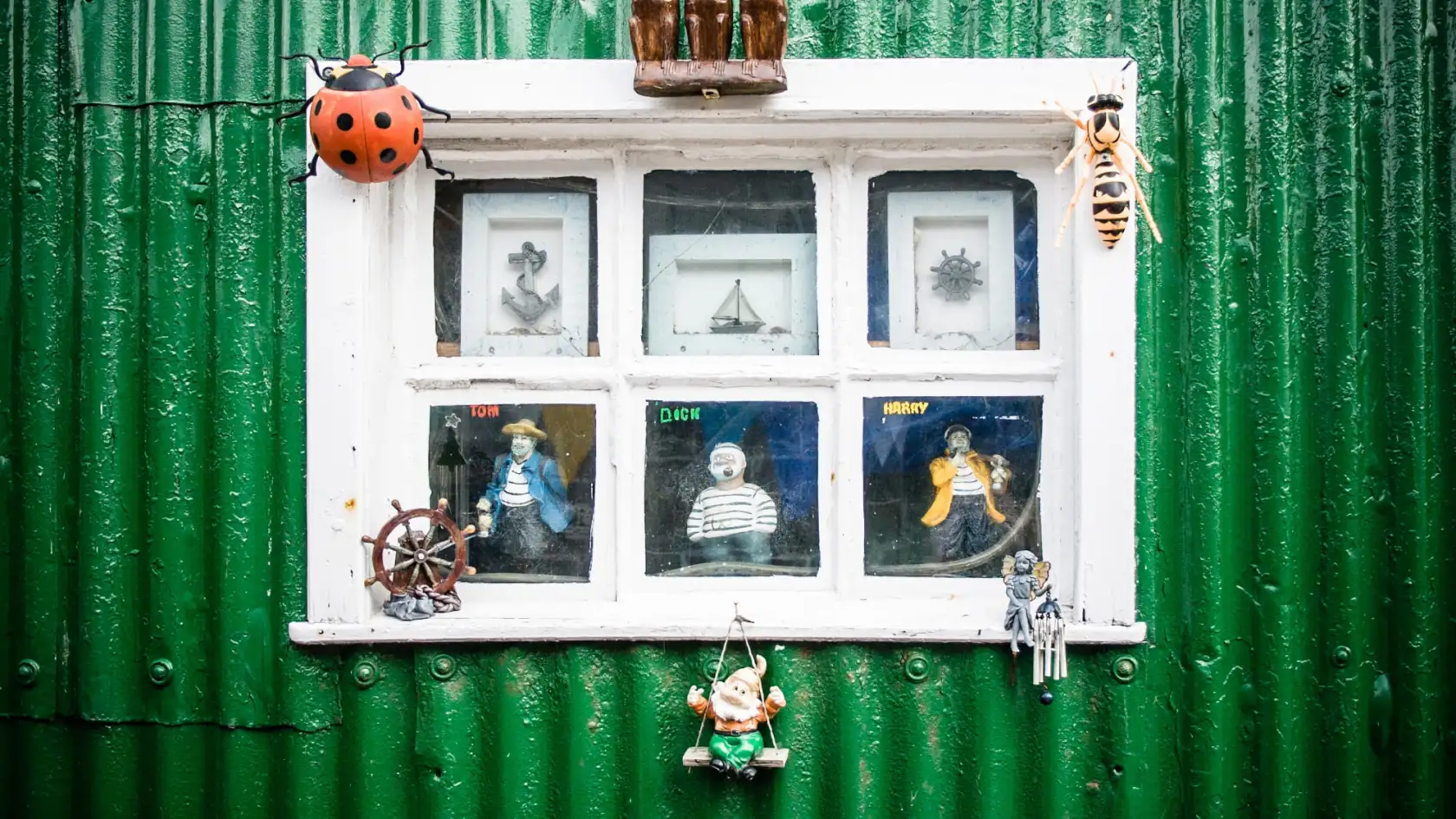
You’ve spoken about the idea of “Good Ancestors.” I’m really interested in that. Could you elaborate on that concept? Tell us how it relates to the future of Fittie as a coastal community?
Safe Harbour Open Sea aimed to capture the story of Fittie’s past and present, but also extend the village’s story into a possible future. We created a Map of Possibility for residents to add to what they would like to see in the village in the future. We asked the question ‘What do we need to do now to ensure we are good ancestors?’
This question is inspired by public philosopher Roman Krznaric’s book ‘The Good Ancestor.’ In this he encourages long-term thinking in a world that is increasingly dominated by short-termism as we scramble to reply to the latest social media post or keep up to speed with 24-hour news.
Krznaric invites us to travel back in time seven generations and imagine speaking with our ancestors. Sharing with them the decisions we would like them to make to ensure a fair healthy future world. He then invites us to imagine the generations that stand before us to step back to our time and tell us what actions we need to take to ensure we will be remembered well for taking care of the community, city, nation and world.
Fittie is seven generations old. Some houses in the village have been in the same family for those seven generations. It’s the perfect place to feel the presence of generations past and present and possible future.
How will the Fittie Past, Present & Possibility exhibition explore Fittie’s relationship with the sea and its history as an embarkation point for emigrating Scots?
Fittie is surrounded by water on three sides and the sea is a constant presence. Although no longer part of a fishing community, residents today maintain a strong connection to the sea and the village is home to several surfers, paddle boarders and wild swimmers. Residents refer to a daily awareness of the tides, which along with the regular arrivals and departures of the NorthLink ferries to and from Orkney and Shetland, mark out a different sense of time. Many people arrive to and depart from Aberdeen by sea, whether on NorthLink ferries, supply ships servicing the oil rigs or any of the other thousands of vessels that seek and leave safe harbour here.
Our Harbour Voices podcasts, which also feature in this exhibition, have given voice to Fittie’s relationship with the sea and harbour. For example, Fittie residents have traditionally volunteered for the Lifeboat Service or the Royal National Lifeboat Institution (RNLI) as it’s known today. We’ve interviewed Andy Haines, a Fittie resident and RNLI volunteer who’s shared a behind-the-scenes insight into life as an RNLI volunteer and the adrenaline rush of heading out on rescue during Storm Arwen.
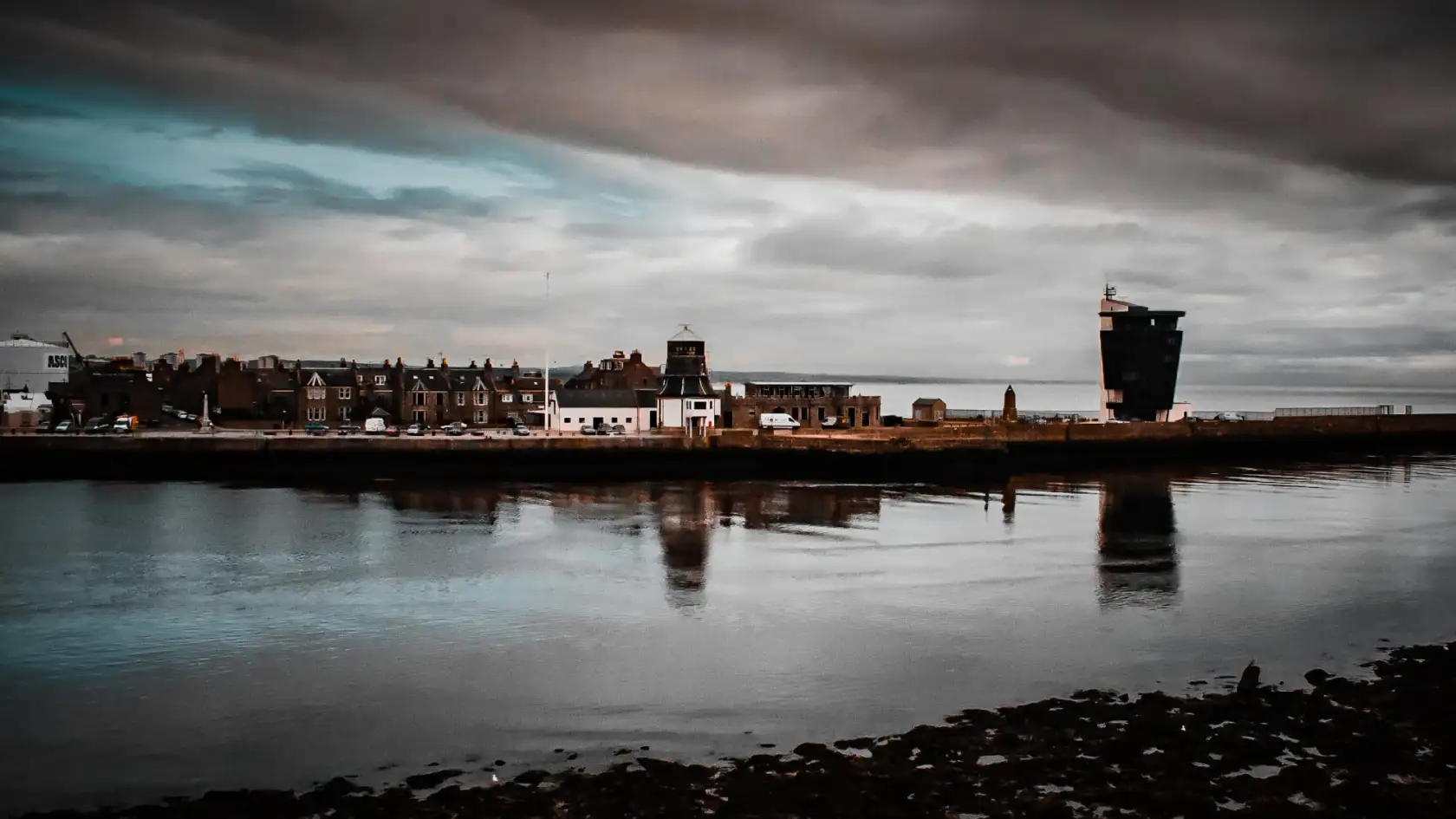
At the time Fittie was being built in the 19th century, Aberdeen Harbour was an embarkation port for emigrants leaving North East Scotland. Another of our Harbour Voices podcasts is with Professor Marjory Harper a Scottish historian with a focus on social history and emigration from the North East. She explained that the reason Aberdeen became an embarkation port was because of the trade in timber being imported into the harbour and North East Scotland via the St. Lawrence Seaway and Maritime Provinces in Eastern Canada.
Owners of the sailing ships that made the voyages across the Atlantic were also looking for paying cargo on the return journey. Emigrants to North America became just that. Around fifteen and half thousand emigrants left North East Scotland from Aberdeen harbour to make the 12-week journey by sea to a new life and new home. Mainly in North America.
How do community halls and similar spaces play their part in access to and participation in the cultural life of the city?
We believe culture should be at the heart of communities. Community halls are an important part of this belief. They offer people a ‘third space’ in their lives. A space separate from home and the workplace where they can gather, socialise and engage in leisure and cultural activities. Access to these spaces has a positive impact on health and well-being and helps to forge cohesive, resilient communities.
A key part of Safe Harbour Open Sea was to help breathe life back into the Fittie Community Hall post a period of lockdown imposed during the Covid-19 pandemic. As well as asking what Fittie residents thought of their community hall and what they wanted it used for. Cultural events came out top.
Can you tell us more about the Culture Collective Scotland project? How does Safe Harbour Open Sea play its part?
Culture Collective is a network of 26 participatory arts projects, shaped by local communities alongside artists and creative organisations. Safe Harbour Open Sea is one of these 26 projects. Funded by Scottish Government emergency COVID-19 funds through Creative Scotland, these projects are taking place across Scotland from March 2021-October 2023. From Shetland to Inverclyde, Aberdeen to Hawick, each unique project is designed and driven by the community in which it is rooted, playing an important part in shaping the future cultural life of Scotland.
For the projects themselves, the Culture Collective provides a network: opportunities to share resources, learning and experiences. For the cultural sector as a whole, the Culture Collective shines a light on the crucial importance of participatory arts projects for artists, for communities and for the future.
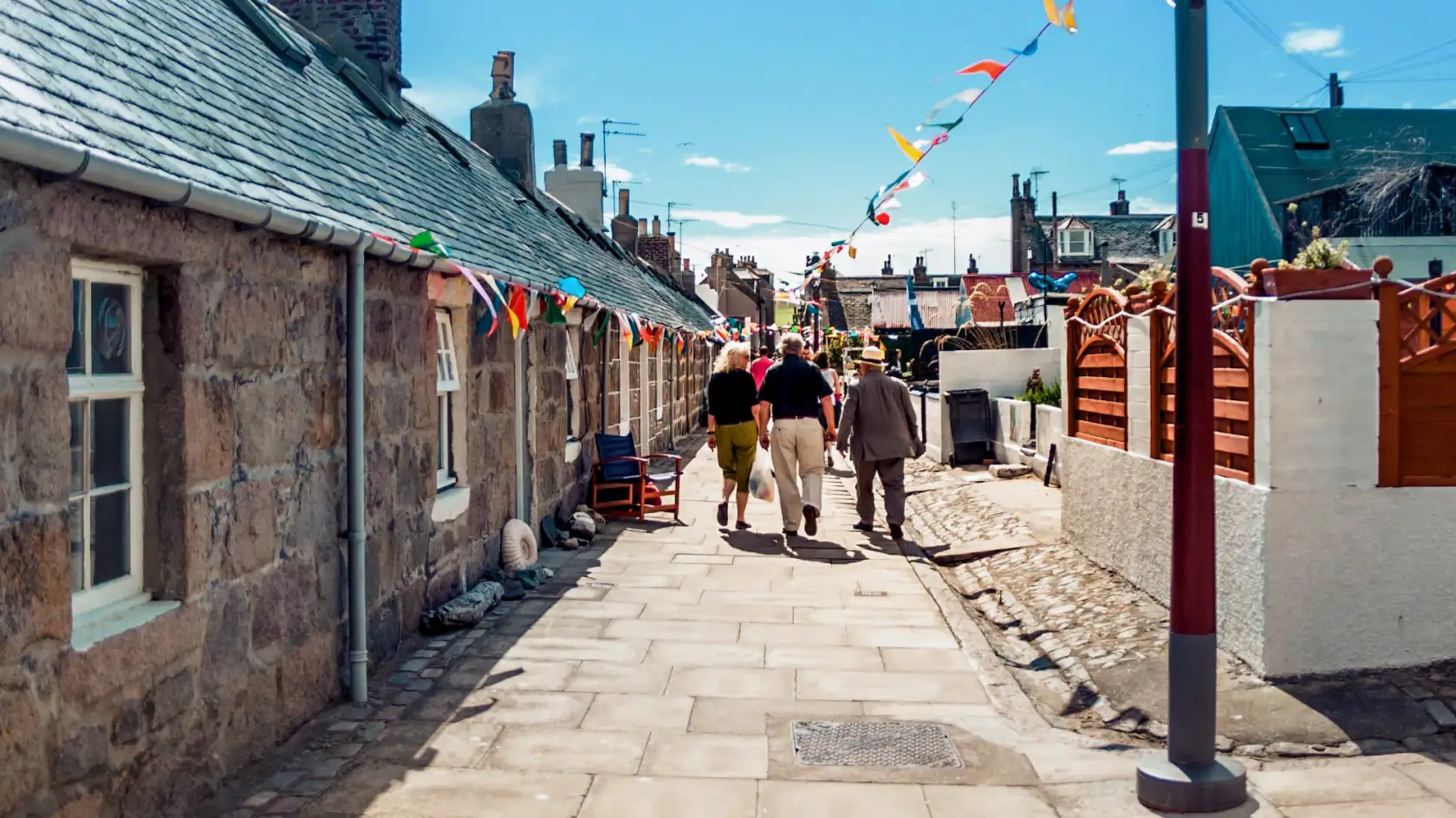
And finally, what’s the most important lesson learned over your time working with the Fittie Community Trust?
Working at a hyper-local community level has changed my view of culture, who has access to it, and its potential to contribute towards health and wellbeing, tackling social isolation and the importance of communities knowing and owning the stories of our past, present and possible futures. Don’t take our word for it. Talk to people involved and who have participated. Their voices are more important than ours.
Thanks so much to Lesley Anne for sharing her insight. The show, Fittie, Past, Present and Possibility takes place at the Fittie Community Hall on New Pier Road. Opening hours on Saturday and Sunday are between 10 am and 3 pm. Entry is free.
If you have a project coming up that you’d like to share with our readers, please get in touch. We’re keen to hear what you’re up to.



